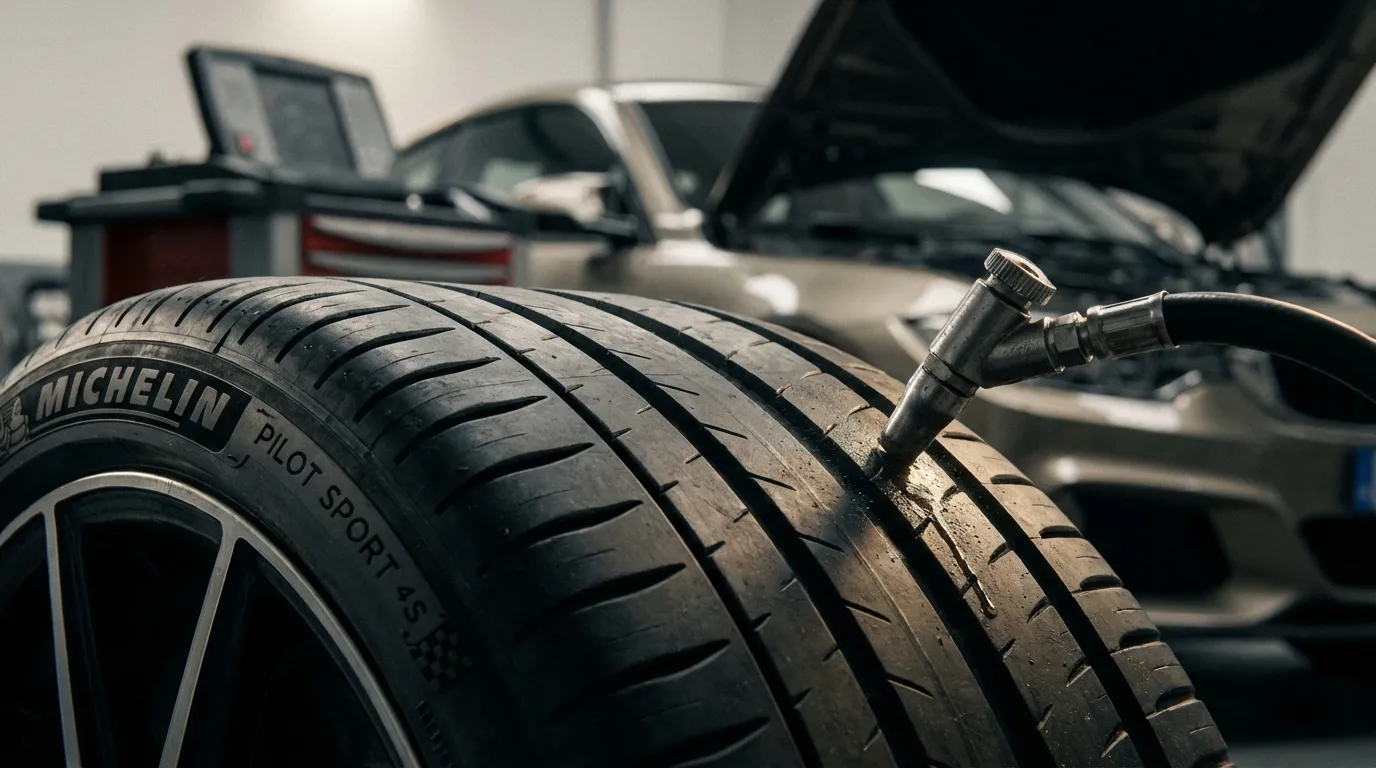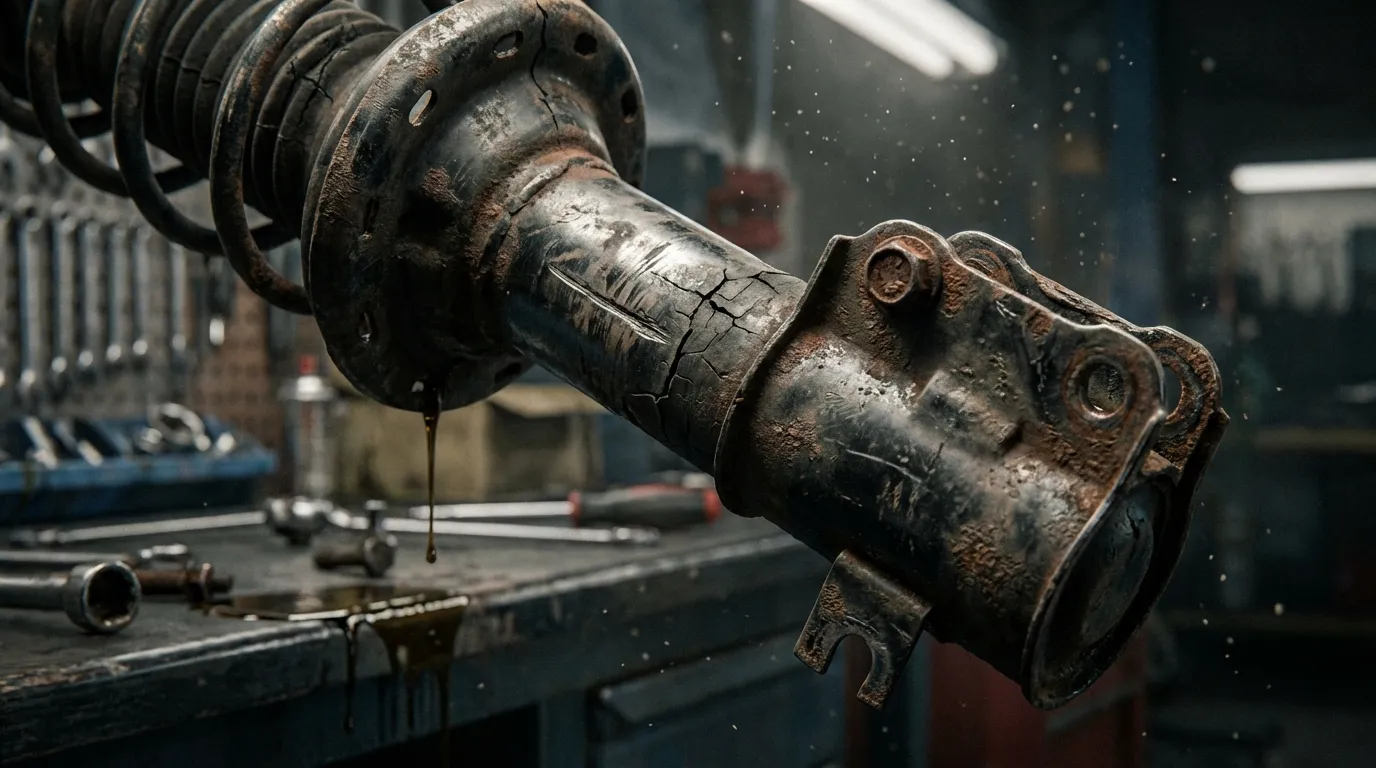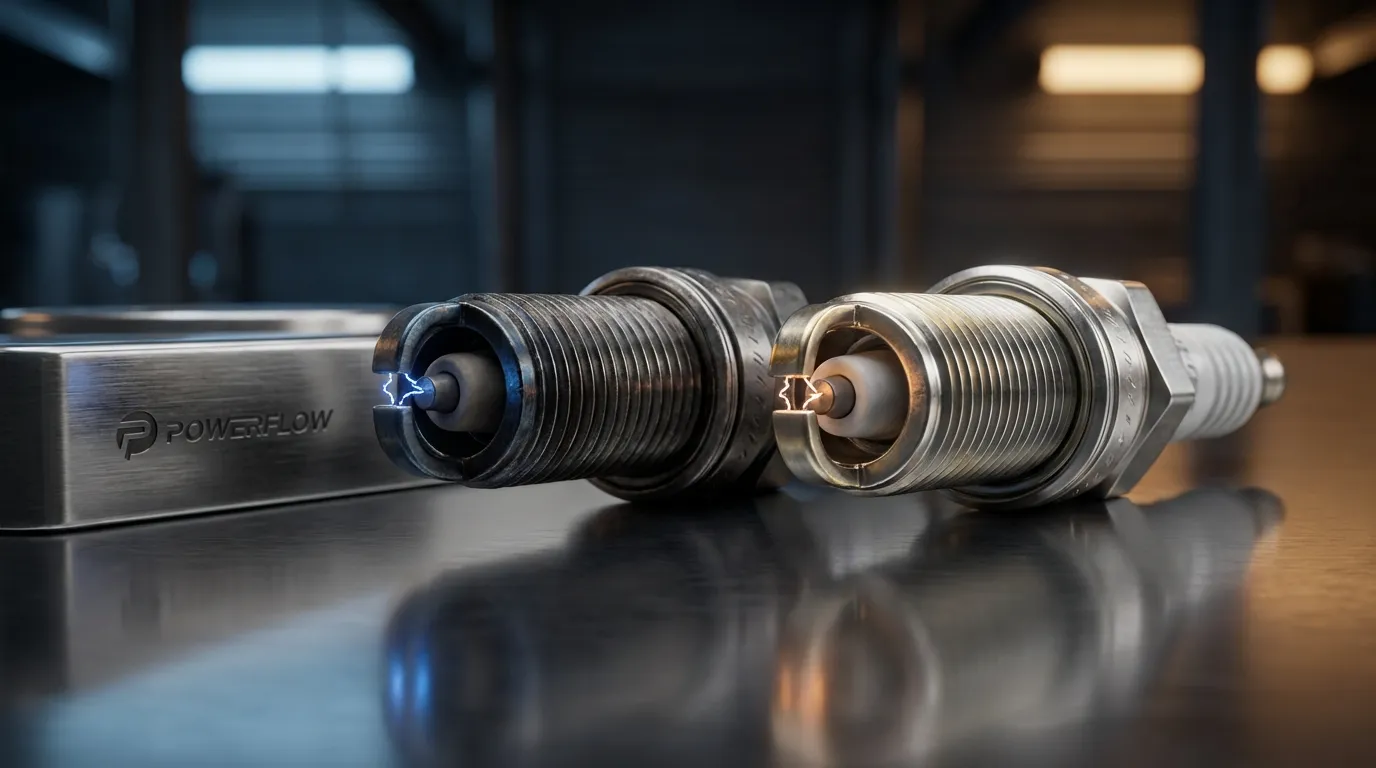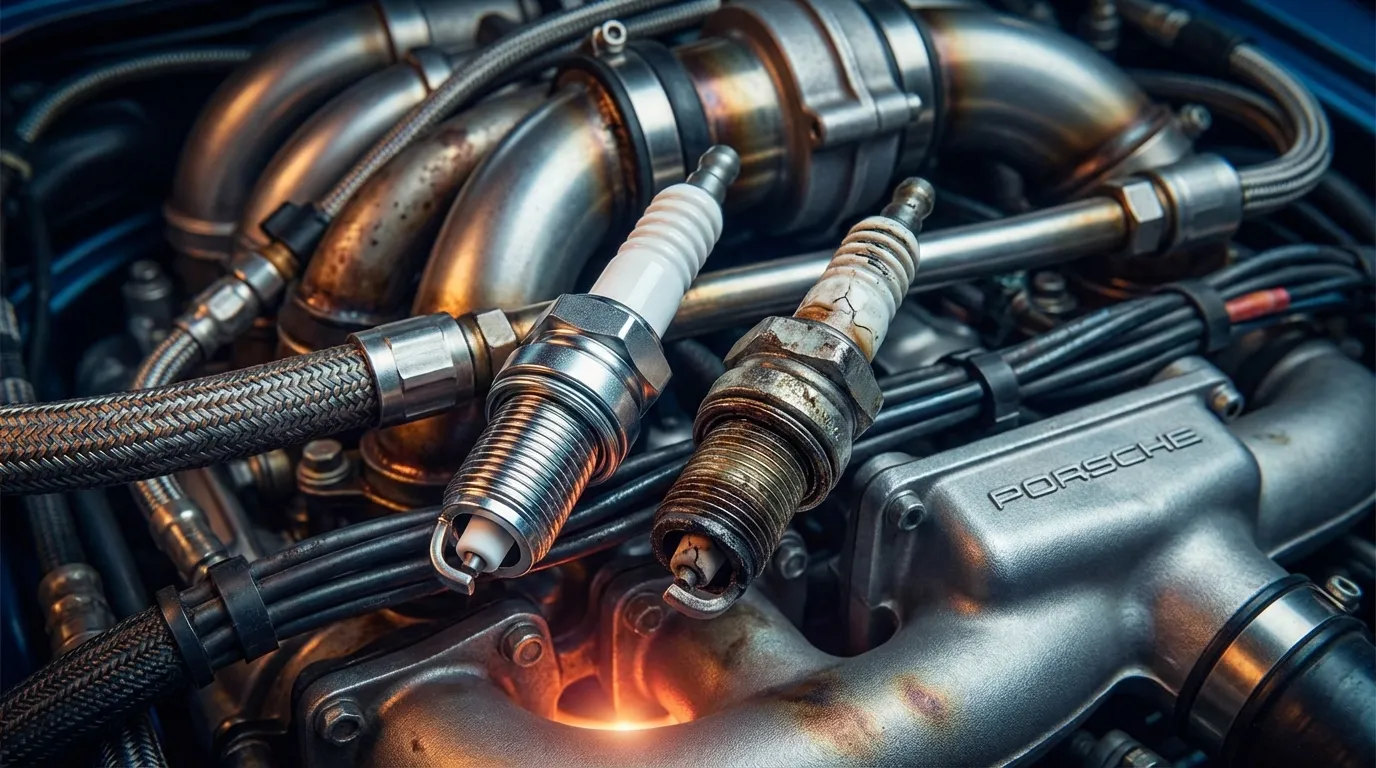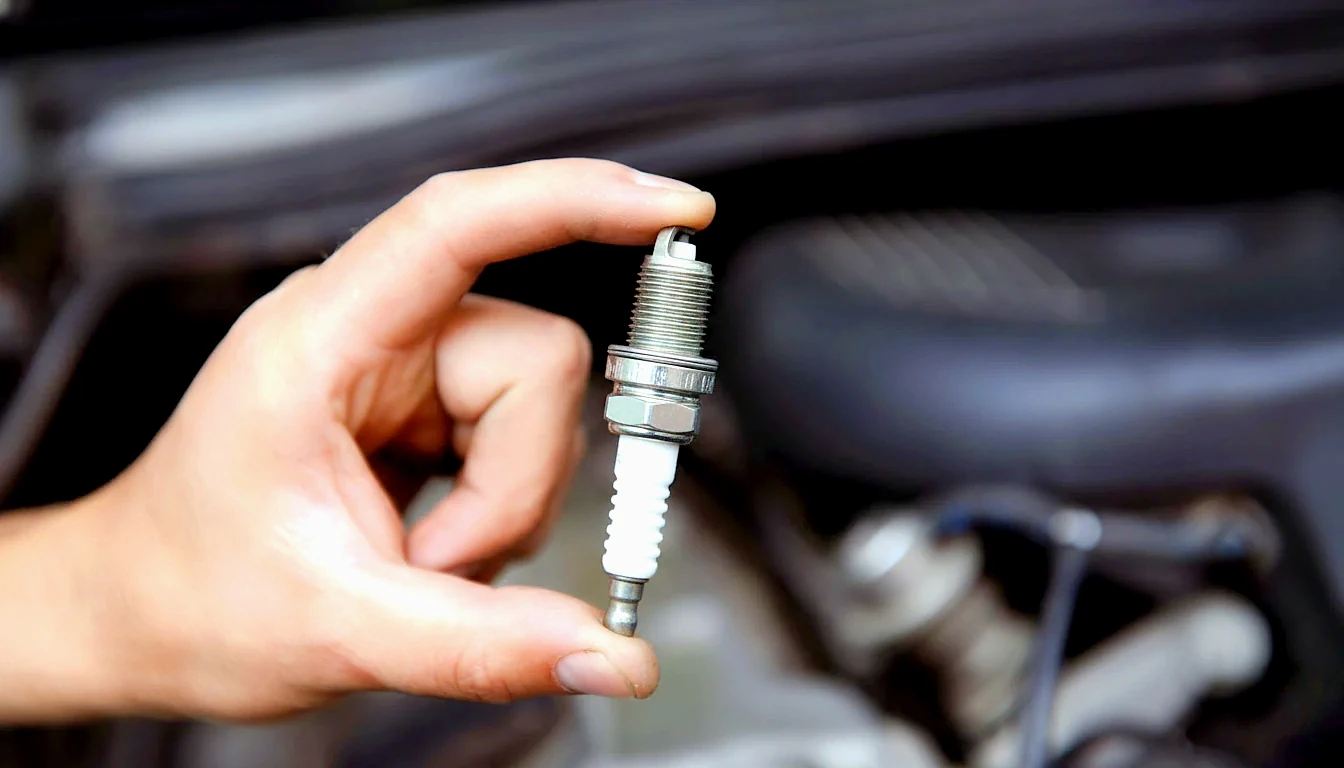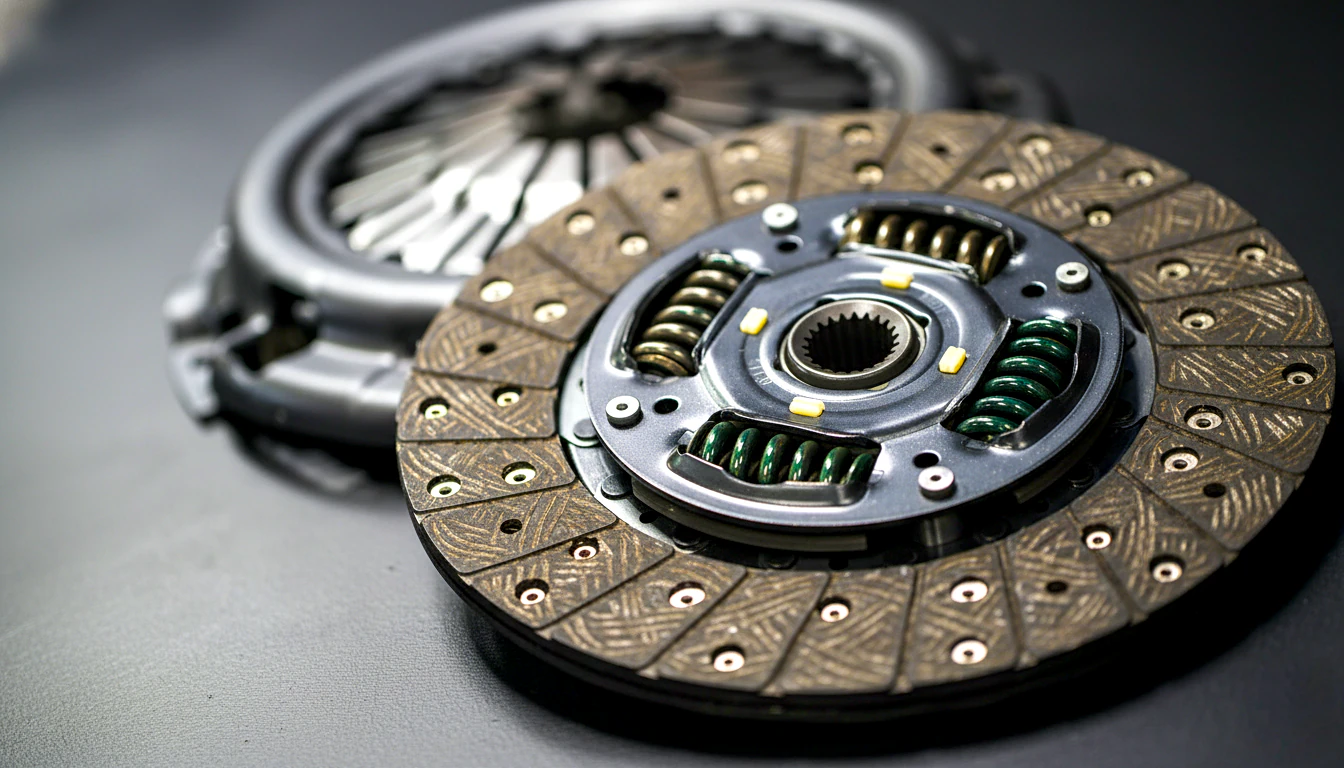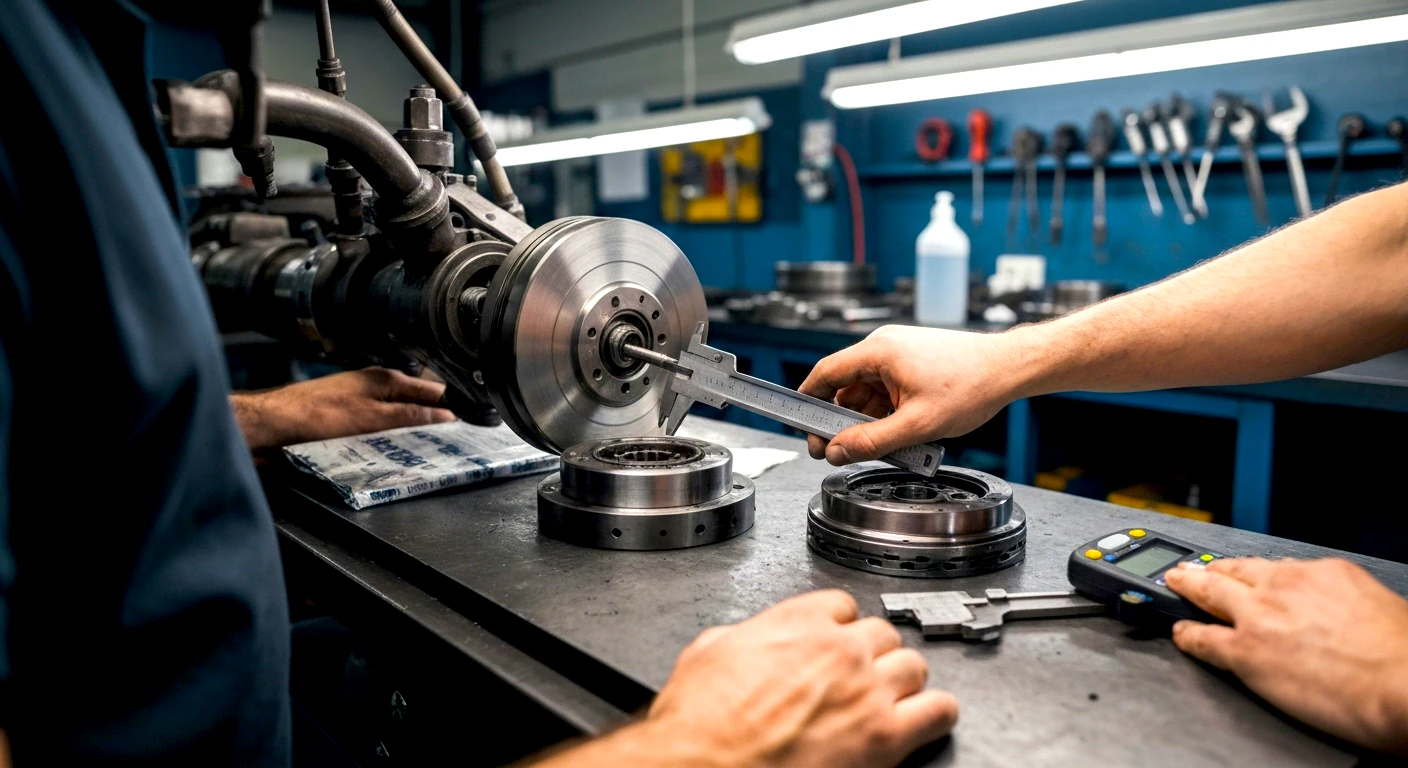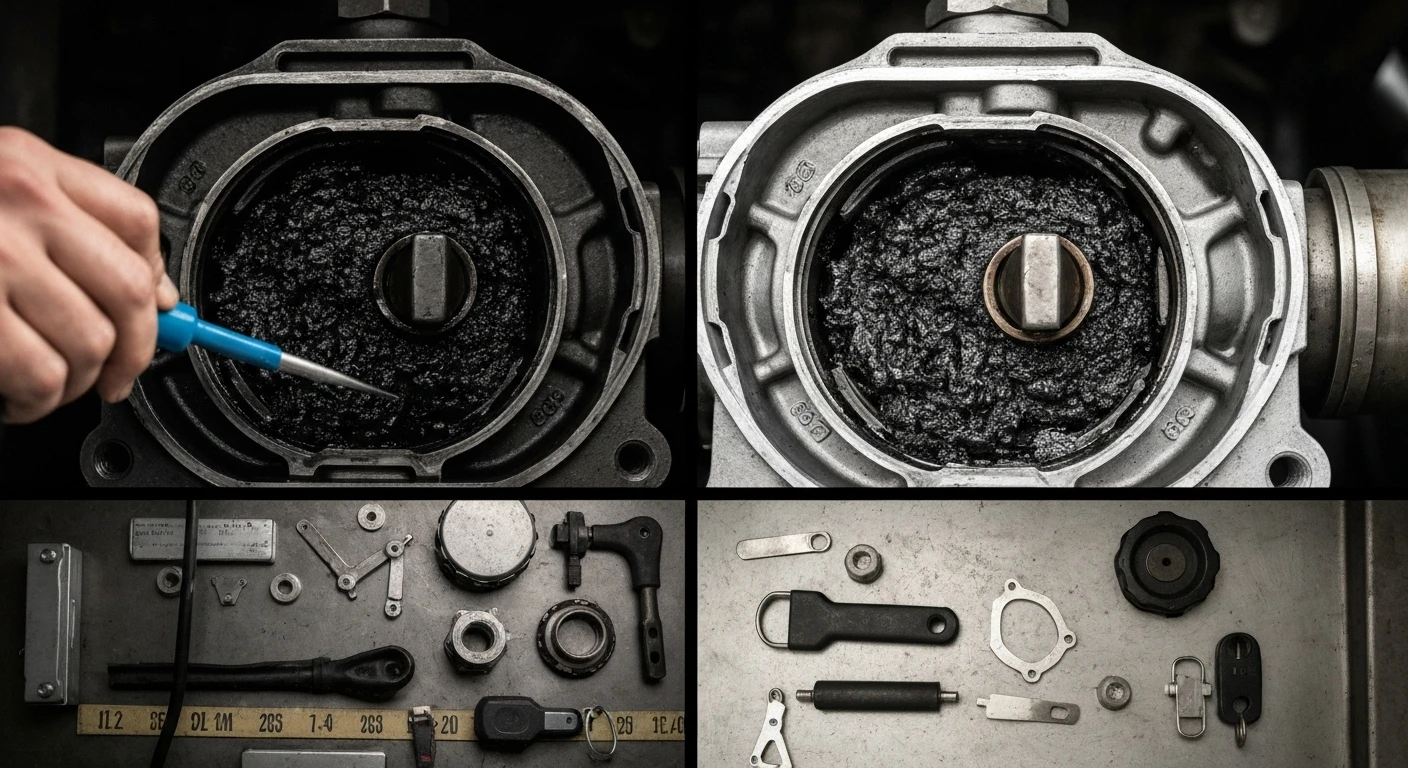Does your car feel like it has lost the vigor it had when it was new? First, acceleration is sluggish, fuel consumption has skyrocketed, and starting it in the morning has become a gamble. However, before thinking about complex and expensive problems, know that the fault might lie with a small but fundamental part for the heart of your vehicle: the spark plug. Essential for burning the air-fuel mixture, when it is not performing well, the entire system suffers. Therefore, paying attention to the signs is crucial to prevent a simple problem from turning into a giant headache for your wallet.
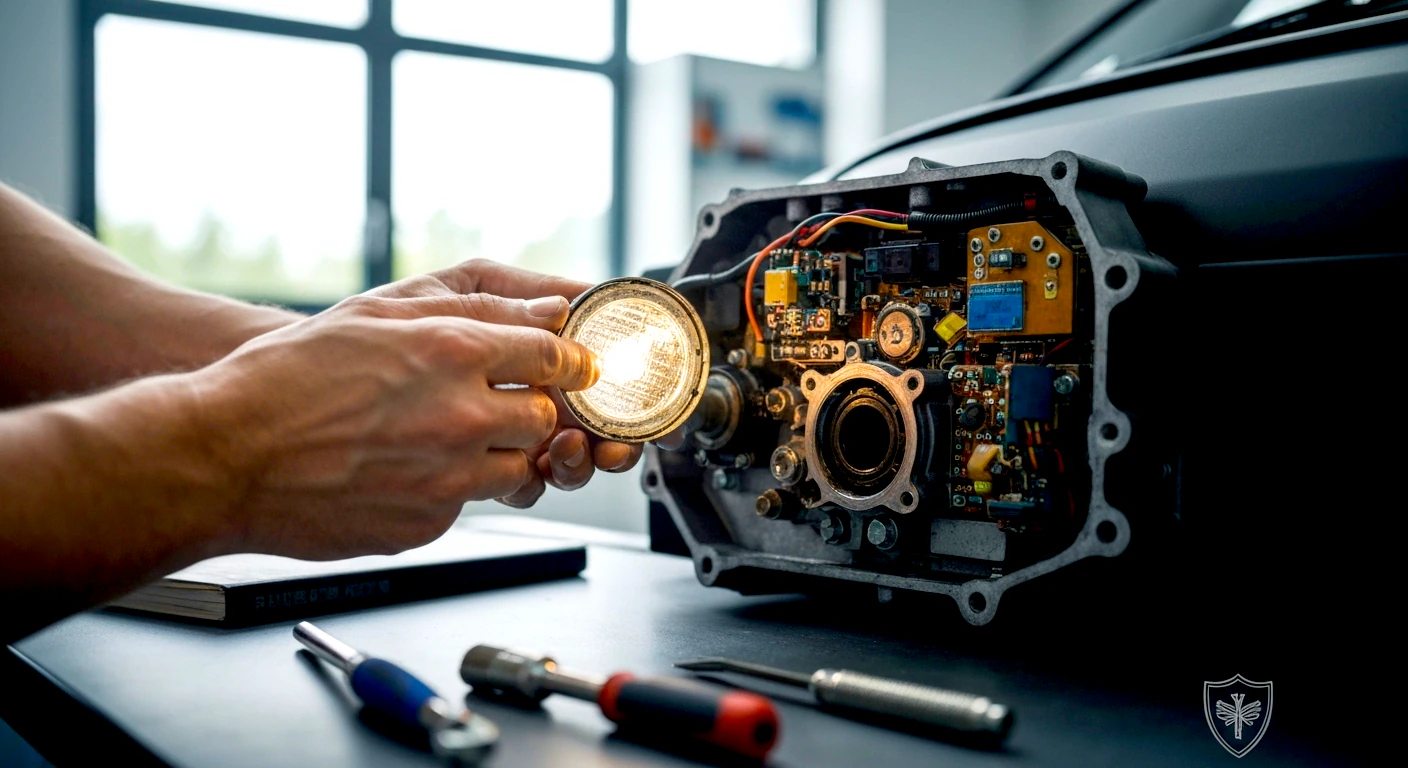
1. Has Starting Become a Daily Struggle?
One of the first and most obvious signs that spark plugs are nearing the end of their life is difficulty starting the engine. The plug’s function is to generate the spark that initiates combustion inside the cylinders. When plugs are worn, fouled with oil or carbon deposits, the spark they produce becomes weak and inconsistent. The result? The engine “stutters,” takes a long time to catch, or, in worse cases, doesn’t start at all. You turn the key, hear the starter motor trying, but the ignition that should be instantaneous turns into a battle. If your morning begins with this drama, the spark plugs are the primary suspects.
2. Is the Engine Starting to “Complain”? Beware of Strange Noises
A healthy engine runs smoothly and quietly. If you’ve started hearing metallic noises, like popping or “pinging” coming from under the hood, the alarm level is high. This phenomenon, known as detonation, can be caused by a weak spark from the plug. When the plug fails to burn the entire air-fuel mixture at the right time, the remaining fuel can ignite on its own, uncontrollably, generating a shock wave that causes the noise.
This irregular combustion not only sounds bad but is also extremely destructive to internal components like pistons and cylinders. Ignoring this symptom can lead to costly repairs. Often, this problem is linked to others, such as the dreaded engine carbon buildup, which also affects your vehicle’s performance and health.
3. Frequent Trips to the Gas Station? Your Gasoline is Going Down the Drain
Have you noticed that your car, which used to be economical, now seems to drink more fuel than normal? The spark plugs could be to blame. If the spark isn’t strong enough for efficient burning, some of the fuel injected into the cylinder isn’t burned and ends up being wasted, exiting through the exhaust. In practical terms: you are paying for gasoline that isn’t generating energy to move the car.
Furthermore, a 10% or 20% increase in consumption might go unnoticed in daily driving. However, the bill arrives at the end of the month. Therefore, keeping your plugs in good shape is one of the simplest ways to ensure your engine operates at maximum efficiency. While new technologies strive for perfection, like the revolutionary Chery engine with 48% efficiency, basic maintenance remains essential for saving money. Sometimes, the cause of premature wear can stem from other failures, such as leaks that foul the plugs—a problem as serious as using the wrong oil in the engine.
Underpowered Engine? Identify Performance Loss
On the other hand, performance loss is the flip side of inefficiency. When fuel isn’t being burned correctly, the engine cannot generate its full power. Consequently, you will feel this in everyday situations: the car takes longer to respond to the accelerator, struggles to climb hills that were once easy, and overtaking maneuvers become slower and riskier. The car simply feels “bogged down” and lacks strength. Despite this, many drivers get used to this gradual loss. However, the difference after swapping old plugs for new ones is surprising, restoring the vehicle’s original agility. It’s the difference between an engine struggling to run and one delivering pure performance, like the legendary 383 Stroker engine that redefined muscle cars.
Although modern spark plugs, made from materials like platinum and iridium, are designed to last a long time—usually between 50,000 and 60,000 miles—they are not eternal. Paying attention to these four signs is the best way to diagnose the problem before it causes greater and more expensive damage to the engine. Replacing spark plugs is a relatively inexpensive maintenance procedure that restores your car’s efficiency, power, and reliability. Remember that preventative maintenance, whether on the plugs or other components, like learning how to make your tires last longer, is always the smartest and most economical approach.

